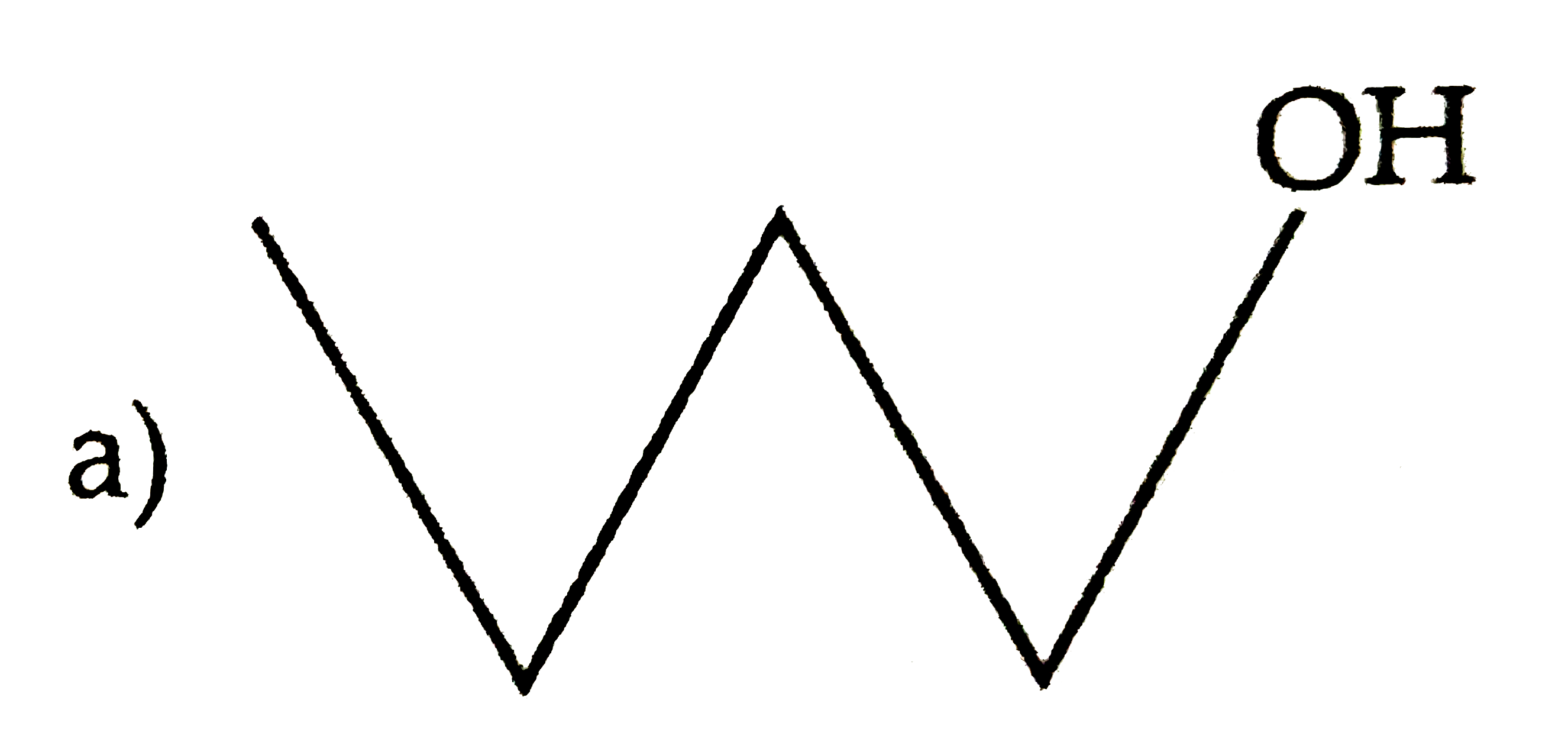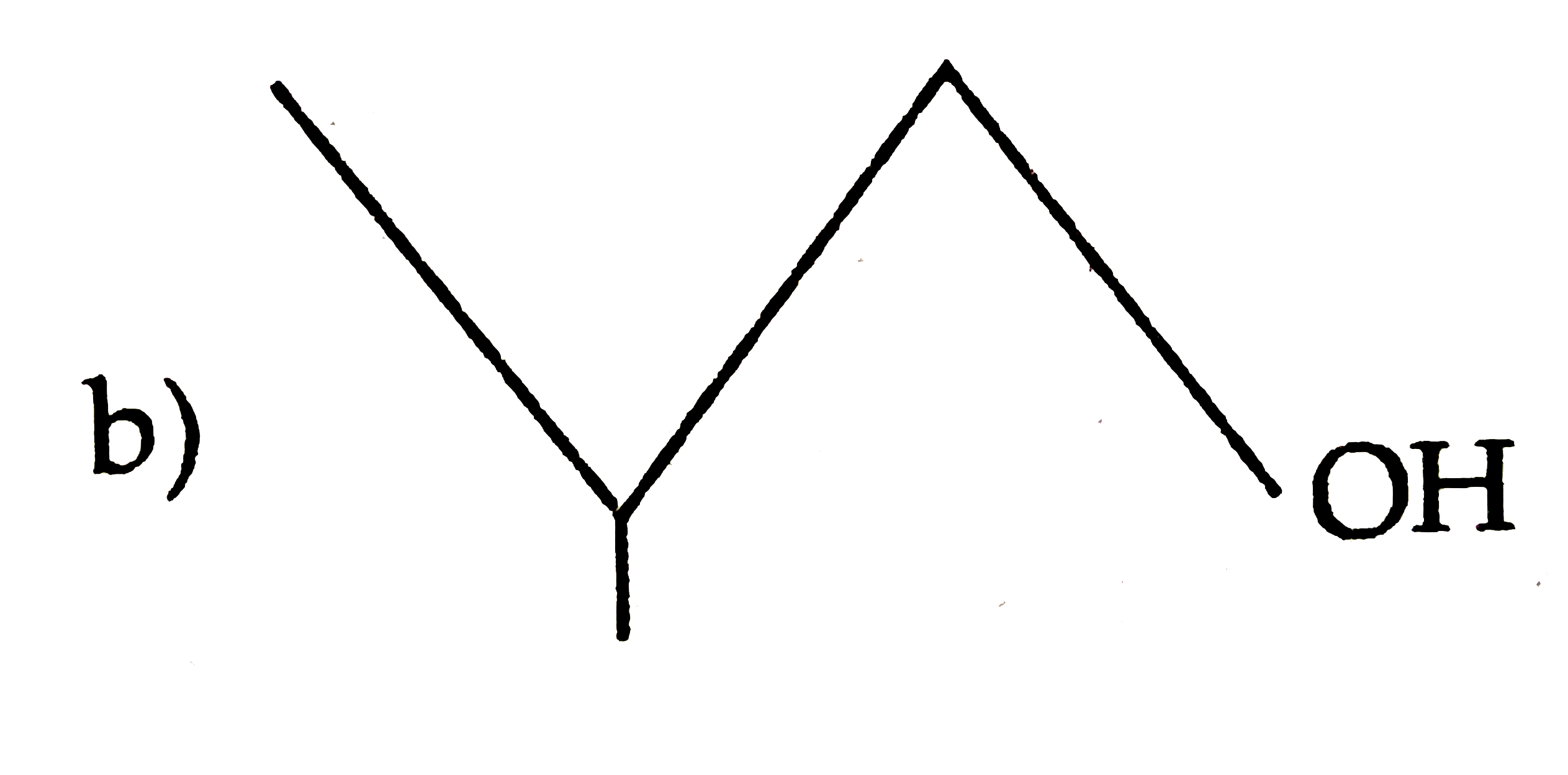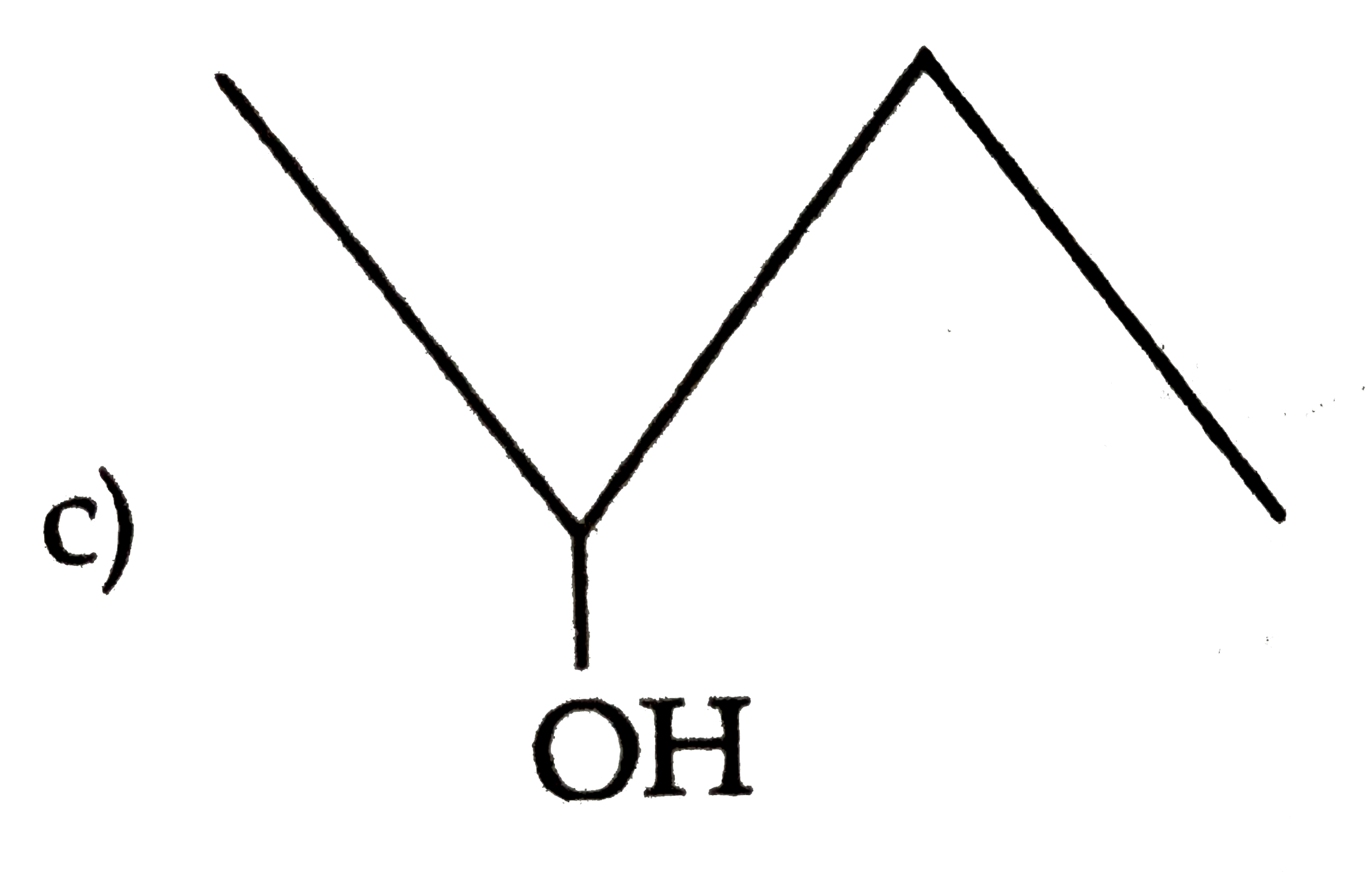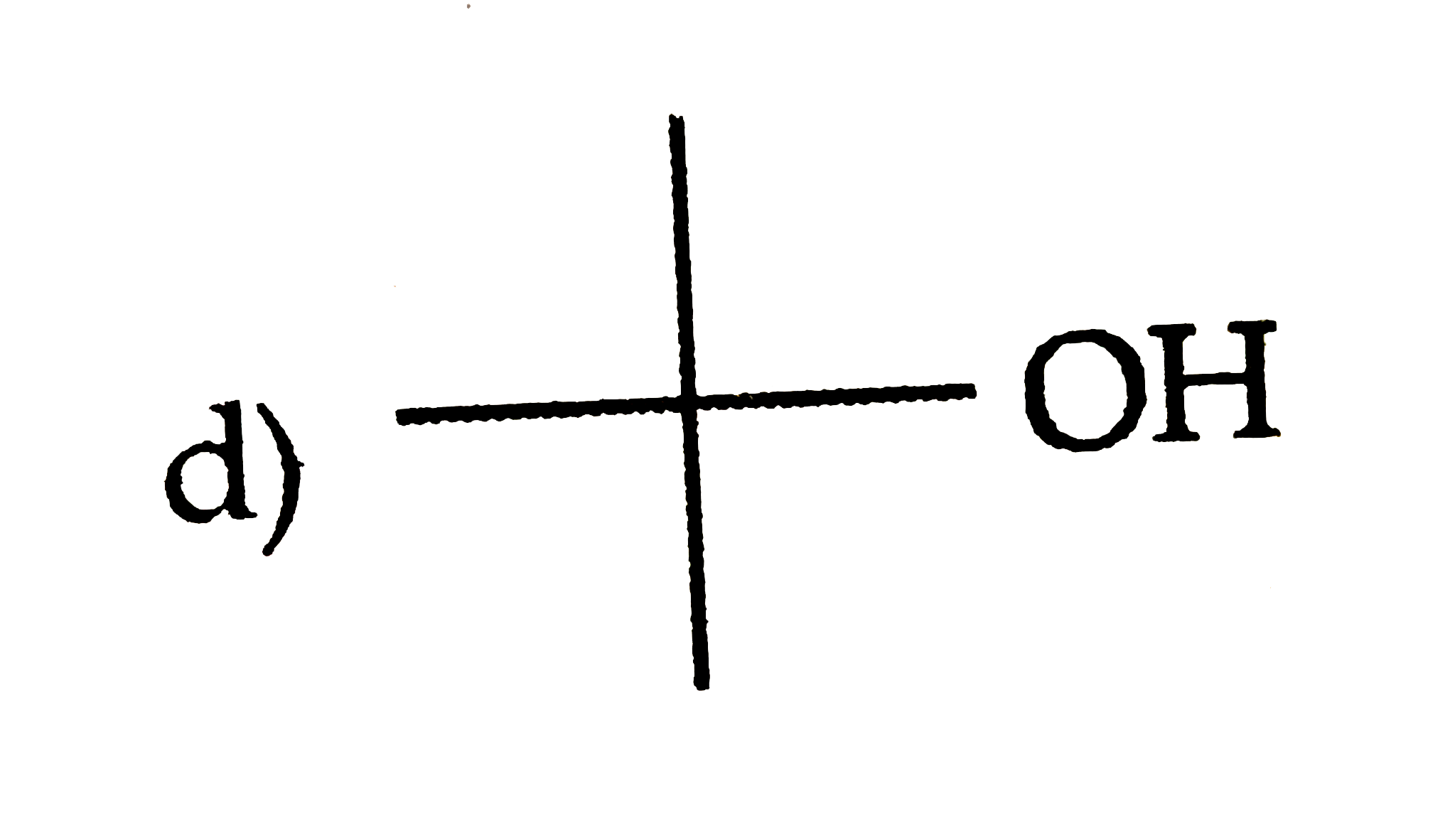An alkene (C6H12) is optically active.This on reductive oxonolysis gives
Acetone
Acetaldehyde
Formaldehyde
Propanal
The correct Answer is:C
CH3−CH2−CH3∣C∣H−CH=CH2Reduction−−−−−−−−→OzonolysisCH3−CH2−CH3∣C∣H−CHO+HCHO
Topper's Solved these Questions
- BOOK - A2ZCHAPTER - MOCK TESTEXERCISE - Assertion-Reasoning5videos
MOCK TEST
- BOOK - A2ZCHAPTER - MOCK TESTEXERCISE - Mock Test 245videos
MOCK TEST
- BOOK - A2ZCHAPTER - MOCK TESTEXERCISE - Mock Test 245videos
MOCK TEST
- BOOK - A2ZCHAPTER - GENERAL PRINCIPLES AND PROCESS OF ISOLATION OF METALSEXERCISE - Section D - Chapter End Test30videos
GENERAL PRINCIPLES AND PROCESS OF ISOLATION OF METALS
- BOOK - A2ZCHAPTER - ORGANIC COMPOUNDS CONTAINING HALOGENSEXERCISE - Section D - Chapter End Test30videos
ORGANIC COMPOUNDS CONTAINING HALOGENS
Similar Questions
a) Give the structural formulae of the alkene (C8H16) which on reductive ozonolysis gives butan-2-one.
b) Write the structure of that compound which on reductive ozonolysis gives propane-1,3-dial.
c) Write the products of the reductive ozonlysis of mesitylene with i) (Zn/CH3COOH)
ii) NaBH4 or LAH.
d) Give the structural formulae of the alkene which on reductive ozonolysis gives a mixture of 2-methyl-butanal and pentan-2-one.View SolutionAn alkene of the molecular formula C6H12 on reductive ozonolysis give two different aldehydes as products.How many alkenes including stereoisomers satisfy this criterion?
View Solution
Knowledge Check
- Question 1 - Select One
Which isomer of C4H10O is optically active ?
A B
B C
C D
D
- Question 2 - Select One
Compound (A)C6H12O is optically active . Compound (A) give negative Tollens test and positive test with 2-4-di-nitro phenyl hydrazine . Identify A.
ACH3−O∣∣C−CH2−CH∣CH3−CH3BCH3−O∣∣C−CH∣CH2−CH3−CH3CH−O∣∣C−CH2−CH∣CH2−CH3−CH3DCH3−O∣∣C−CH2−CH2−CH2−CH3 - Question 3 - Select One
An alkene, C7H14 on reductive ozonolysis gave propanal and a ketone. The probable ketone is
AAcetoneBEthyl methyl ketoneC2-PentanoneD3-Pentanone.
Compound (A), C8H6NOBr, is optically active. Reduction of (A) gives (B) which reacts with nitrouos acid to form (C), dihydric alcohol. Benzene sulphonyl chloride reacts with (B) to give a product soluble in NaOH. Hydrolysis of (A) gives (D) which is an optically active acid. (A) does not give any precipitate with aqueous AgNO3 . Controlled oxidation of (A) gives monobromo benzoic acid. Compound (A) on reaction with Br2/Fe gives only one compound. Identify (A), (B), (C), and (D).
View SolutionC(C6H12), and optically active dydrocarbon which on catalytic hydrogenation gives an optically inactive compound, C6H14.
View SolutionGive the structures of (A),(B) and (C)(explanation is not required ).
i. (A)(C4H8) that adds on HBr in the presence and in the absence of peroxide to give the same product, C4H9Br.
ii. (B)(C4H8), which when treated with H2O/H2SO4 gives C4H10O that cannot be resolves into optical isomers.
iii. (C)(C6H12, an optically active hydrocarbon which on catalytic hydrogenation gives an optically inactive compound, C6H14)View SolutionA C7H12O2 optically active alcohol is oxidised by jones reagent to an optically inactive ketone. The molecule is.
View SolutionThe compound C5H13N is optically active and reacts with HONO to give C5H11OH. The compound is
View Solution

